When you are reading at home for fun, how do you sit? Are you sitting formally on a chair at your kitchen table or are you relaxing with your feet up on the couch? Most likely, you prefer to be comfortable when you're reading! The same holds true for our students, so why do we expect them to sit formally at their desks during independent reading?
In an effort to motivate my students to be more engaged during independent reading I began offering flexible seating options. Continue reading to find out how I implemented flexible seating in my reading resource room and the impact it had on student engagement during independent reading.
**This post contains affiliate links.**
My First Step in Flexible Seating
I begin each of my remediation groups by providing students with an opportunity to read independently for fun. Students who receive additional reading support tend to get a lot of reading instruction but not as much time to actually practice reading as their on grade level peers. Since most classroom teachers send their students to my room, it allows us to gradually start as we wait for everyone to arrive. It also gives me a chance to confer with students.
I noticed that students were not entirely engaged during this independent reading time. The first minor change I made was allowing my students to sit under tables, on my rolling teacher chairs, or put their feet ON my reading table as they read (*gasp!*). It wasn't uncommon for a teacher to come in my room and be in disbelief that I was letting my students put their feet on my table. But guess what? The students didn't even notice the teacher in the room because they were too busy reading!
Providing More Options to Students
Since students responded so well to this minor change, I wanted to provide them with more options during independent reading. I purchased a couple bean bags, saucer chairs, and boyfriend pillows. I created a cozy reading nook in my classroom to make it inviting for students. And it worked!
As a result of the new reading nook, my students were so excited to read! I found the flexible seating options really helped the students to be more engaged during independent reading. In fact, on a daily basis other students stop by and tell me that they wish they could come read in my room!
Bringing Flexible Seating to Guided Reading
There was a disconnect between my cozy reading nook for independent reading and the formal setting of my guided reading table with traditional chairs. I found that students weren't always as engaged during small group instruction. The students in my group tend to struggle with attention issues so they had difficulty sitting still in my group. As a result I decided to purchase wobble stools!
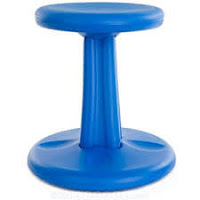 |
Kore Wobble Chair |
Students were provided the option to choose a wobble stool or a regular chair during our small group reading. Of course, this took some training to teach students the proper way to sit on the stools so they did not become a distraction. But the students quickly learned to make the right choice for the seating that worked best for them and most helped them to be engaged in our small group instruction.
Students are only required to sit at the guided reading table when I'm giving explicit instruction. Typically this is just when I'm providing phonics practice or guided reading instruction in the primary grades. The older students have the option of sitting anywhere in my room during our instruction since we're typically focusing on comprehension which is a more collaborative approach instead of being as teacher-centered.
Flexible Seating Management
Luckily, since I have small groups I did not have to implement any formal management system of the flexible seating options. Students were allowed to select where they wanted to sit each day as they arrived. They did not need to move a clip to indicate their choice, instead they simply picked a book, chose their seat, and began to read. It naturally worked out and students did not fight over seats. Some groups of students found seats that they all naturally gravitated toward and they sat in the same spots each day. Other groups preferred to change things up, so they automatically took turns without me needing to keep track of spots.
Flexible Seating Success!
I noticed a tremendous difference in my students as a result of the flexible seating options. They were actually excited to read independently! Not only that, they were engaged in reading the entire time rather than pretending to read or wasting time finding a book to read.
The data also indicated a positive impact!
We had more students pass the state standardized test at the end of the year than we did the previous year. Is this entirely due to flexible seating? No, of course not. But I do think the fact that students were more engaged during independent reading played a huge part in the improvement last year.
Next Steps
Obviously, I plan on continuing to use flexible seating in my resource room. I'm hoping to add more options such as crate seats. We already have one school reading nook (pictured below) but I'd like to utilize other unused spaces in the building to make additional reading nooks for students.
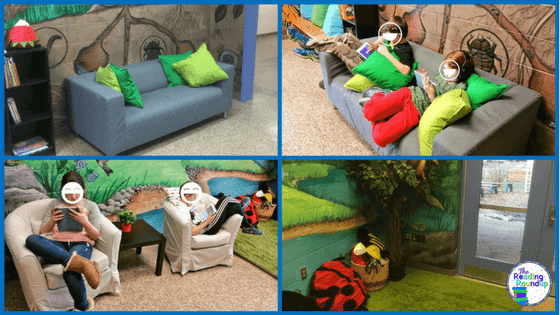 |
| See the students reading with their feet up?! |

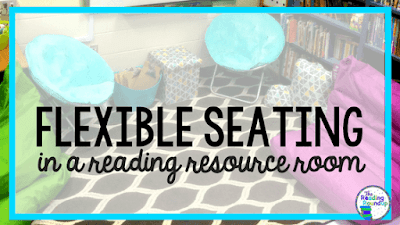
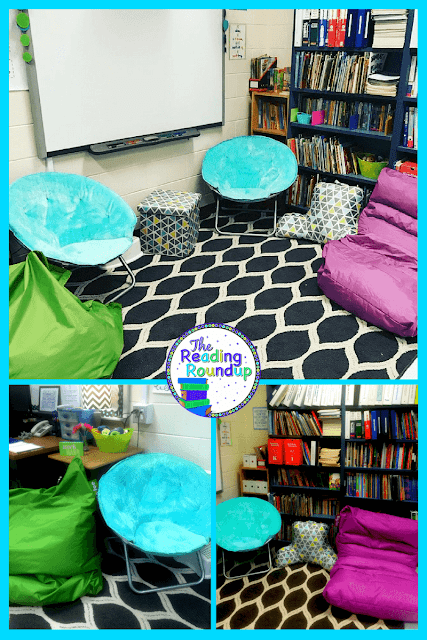

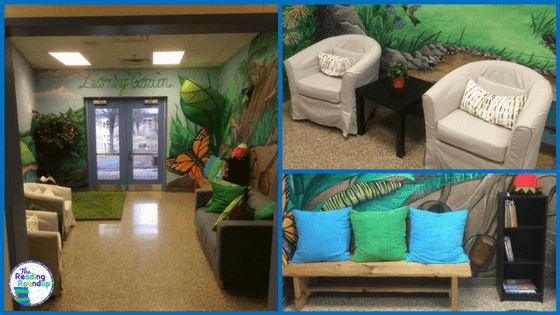
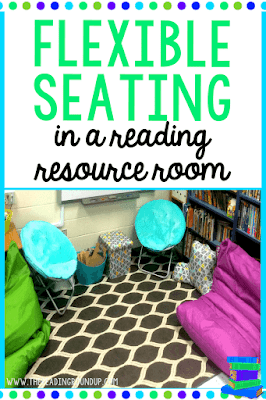
No comments:
Post a Comment
Leave a comment